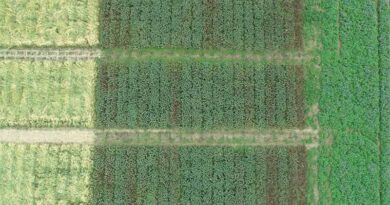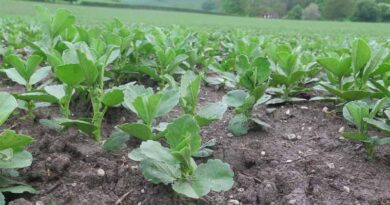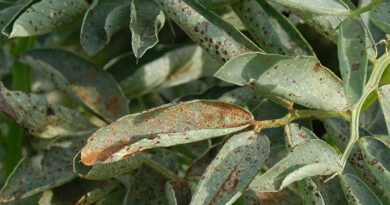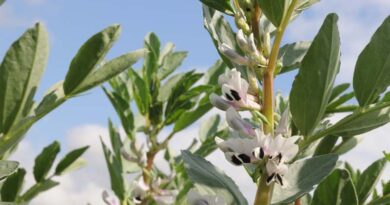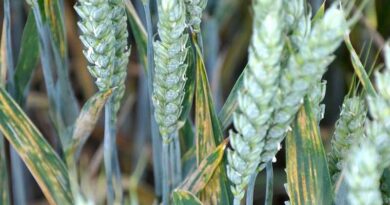New chocolate spot and rust control for clean beans
17 February 2021, UK: Field bean growers could have an effective new fungicide in the armoury to prevent chocolate spot and rust infections this season.
Results of PGRO research have shown the Syngenta product, containing the new active Solatenol and prothiaconazole, provided excellent control of both key diseases in field beans.
To better tackle bean rust and chocolate spot, Syngenta Technical Manager, Michael Tait, reports the new fungicide option, renowned for its rust control in cereals, is now in the UK registration process – with plans to introduce for the coming season if approved.

The approval application is seeking one application per season in field beans and combining peas, with agronomic research focussed on where it offers most in the fungicide programme.
“Research indicates the active is most effective as a preventative application, to target disease before it gets into the leaf or becomes established in the plant,” advocated Mr Tait. “Particularly with rust that can develop so quickly.”
Electron microscopy of rust spores had demonstrated just how effectively it could prevent disease damage in the leaf, even under high-risk pressure.

Trials have shown the product is best used as the first application in a two-spray programme, typically followed by Amistar, he advised.
Trial results
Results in summer 2020 demonstrated the outstanding efficacy against bean rust under high pressure with hot, dry weather – even at rates that were indicative of its strength against the pathogen.
PGRO work in Cambridgeshire, for example, showed almost complete control of the disease in all the programmes with Solatenol + prothiaconazole at the initial timing followed by Amistar.
In the untreated crop, 45% of leaf area was affected by rust, with the new product programme performing at least 4x better compared to a two-spray boscalid + pyraclostrobin strategy.
Weather conditions for chocolate spot trials had seen significantly less pressure in the past two seasons, reported Mr Tait. Assessment of disease levels in the PGRO Suffolk trial indicated optimum results from targeting treatment at the full label rate that has been applied for, he suggested.
Chocolate spot seen
With chocolate spot already reported by growers in over wintered bean crops this season, further cool and wet conditions will favour the disease. Winter beans are more susceptible than spring sown, exacerbated by early autumn drilling and dense crops creating humid conditions where disease thrives.

PGRO trials had indicated best results with fungicide spray timing for chocolate spot of a first application at mid-flowering, followed by a second treatment three to four weeks later, to typically coincide with an application to target rust.
Also Read: Biostimulant boost to heat-stressed potatoes


